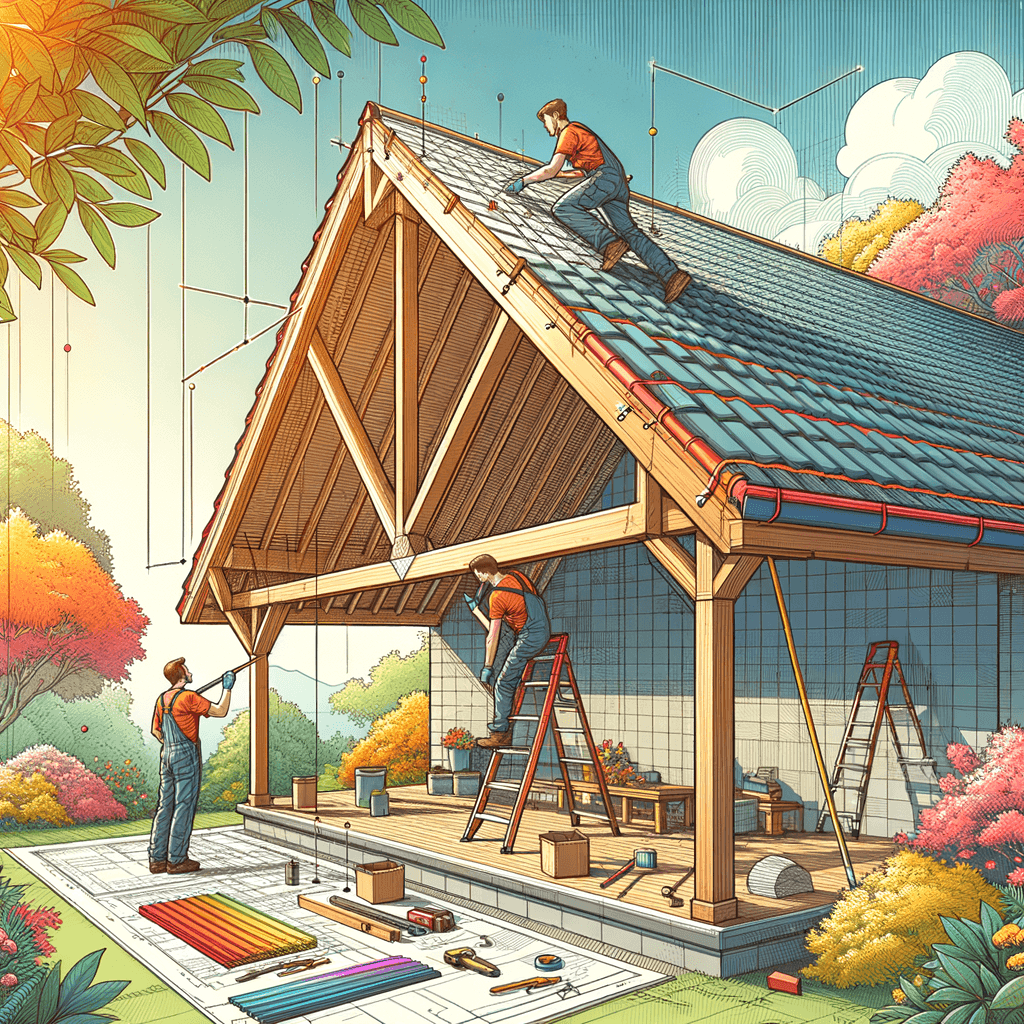
Mastering Roof Eave Detailing: Protecting Structure and Enhancing Aesthetics
By Total Care Roofing Mon Nov 03 20258 minutes

Understanding the Role of Roof Eaves
Roof eaves are the projecting edges of a roof that extend beyond the building’s exterior walls. They play a crucial role in diverting water away from the foundation, shielding the facade from rain, and reducing the risk of moisture intrusion. Properly designed eaves also contribute significantly to a building’s architectural character, enhancing both form and function.Key Components of Roof Eave Systems
A well-constructed eave system is composed of several interrelated elements, each serving a distinct purpose in protecting the roof and building envelope. Understanding these components is vital for both homeowners and contractors aiming for optimal performance and aesthetics.- Soffits: The horizontal underside, often ventilated to promote airflow into the attic.
- Fascia: The vertical finishing edge, supporting gutters and protecting rafter ends.
- Drip Edge: A metal flashing that channels water away from the fascia and underlying wood.
- Frieze Board: Decorative trim that bridges the gap between the soffit and the exterior wall.
Material Choices for Eave Construction
Selecting the right materials for soffits, fascia, and trim impacts durability, maintenance requirements, and visual appeal. Each option offers unique benefits and potential drawbacks, making it important to align choices with climate, budget, and design goals.| Component | Common Materials | Pros | Cons |
| Soffit | Vinyl, Aluminum, Wood, Fiber Cement | Low maintenance, Ventilated options | Wood prone to rot, some metals dent |
| Fascia | Aluminum, Wood, Composite | Weather-resistant, Paintable | Wood needs regular sealing |
| Drip Edge | Galvanized Steel, Aluminum, Copper | Prevents water damage, Long-lasting | Copper is costly |
Common Eave Detailing Mistakes to Avoid
Improper eave detailing can lead to costly water damage, pest intrusion, and even structural compromise. Awareness of frequent pitfalls helps ensure robust, lasting installations that stand up to environmental stressors.- Insufficient overhang, exposing walls to runoff.
- Poor ventilation, leading to attic condensation.
- Omitting drip edge flashing, increasing rot risk.
- Using incompatible materials that expand or contract at different rates.
“Attention to detail at the eaves is the difference between a roof that merely covers and one that truly protects.”
Maintenance Tips for Lasting Eave Performance
Routine inspection and timely repairs are essential for preserving the integrity and appearance of your roof eaves. Neglect can lead to hidden moisture issues, pest nests, and premature material failure.- Clean soffit vents to maintain airflow.
- Repaint or reseal wood components regularly.
- Check for loose or corroded drip edges after storms.
- Remove debris buildup in gutters to prevent overflow.
Design Inspiration: Elevating Curb Appeal with Eave Details
Beyond their protective function, eaves offer opportunities for creative architectural expression. Whether you favor traditional ornamentation or modern minimalism, thoughtful detailing can dramatically boost your home’s visual impact.- Exposed rafter tails for craftsman charm.
- Crown molding on fascia for a stately look.
- Contrasting soffit colors for visual interest.
- Integrated lighting for nighttime drama.